What are aluminum stamped parts?
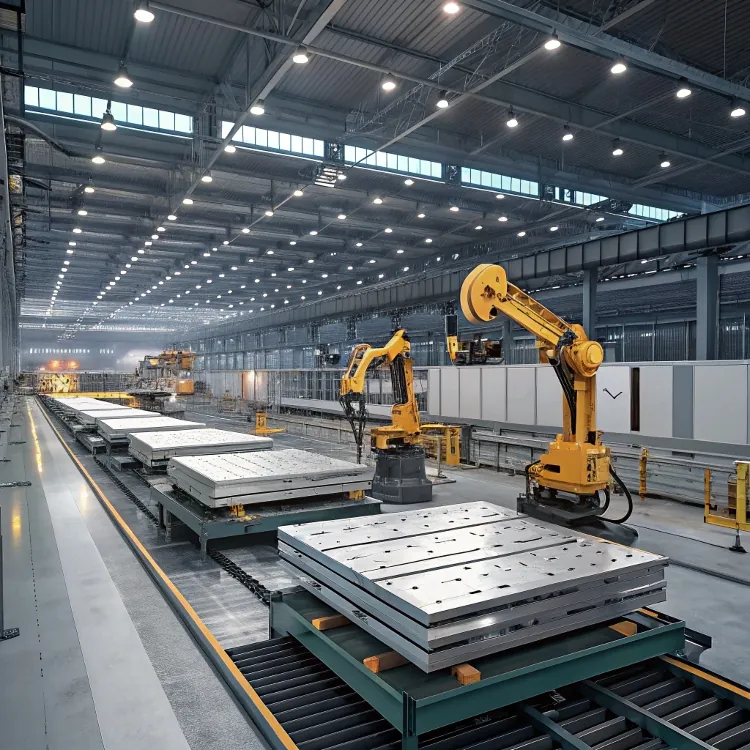
Pressed parts that solve production headaches—many manufacturers rely on aluminum stamped parts to reduce cost, weight, and complexity.
Aluminum stamped parts are components made by shaping flat aluminum sheets into specific forms using a stamping press, offering high-volume production with excellent repeatability.
Aluminum stamping combines cost-effectiveness, lightweight properties, and ease of forming. It’s ideal for clients needing consistent shapes in large volumes—especially in automotive, electronics, and appliance industries.
What is stamped aluminum?
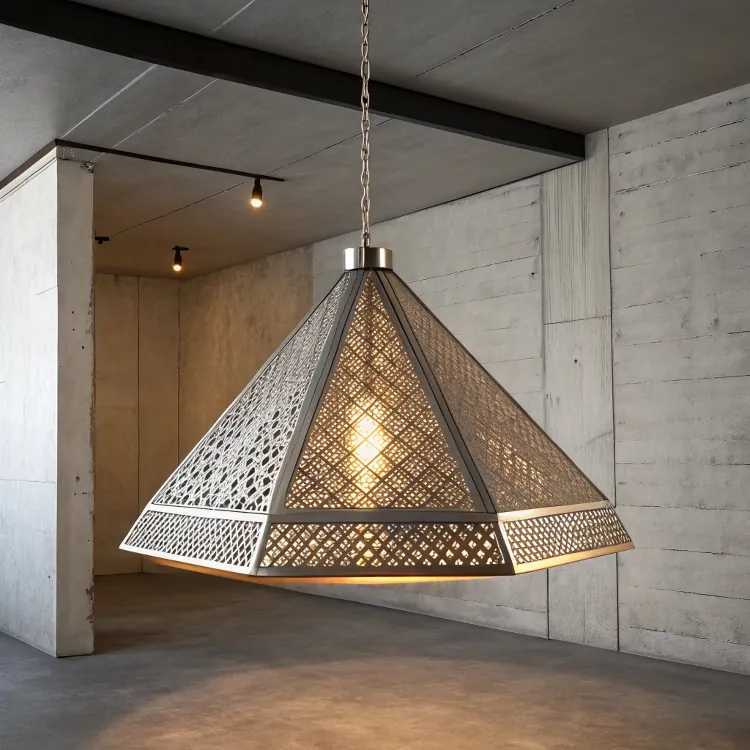
Stamped aluminum is a flat aluminum sheet that has been formed into a shape using pressure and a die.
Stamped aluminum refers to aluminum that has been pressed into a specific shape using a stamping press and die. It is commonly used for manufacturing parts quickly and consistently.
Stamping is a metalworking technique1. It involves placing flat sheet metal in a stamping press and shaping it with a tool and die. With aluminum, this process is easier than with steel due to aluminum’s softness and ductility.
Why choose aluminum for stamping?
- It’s lightweight.
- It’s corrosion-resistant2.
- It’s easy to form.
- It can be anodized or painted.
- It’s recyclable.
Common products made from stamped aluminum:
| Product Type | Application Areas |
|---|---|
| Electrical housings | Consumer electronics |
| Brackets & clips | Automotive and construction |
| HVAC components | Air ducts and cooling devices |
| Decorative panels | Appliances and furniture |
The aluminum used is typically 3000, 5000, or 6000 series, depending on mechanical needs and surface finish.
Can aluminum be stamped?
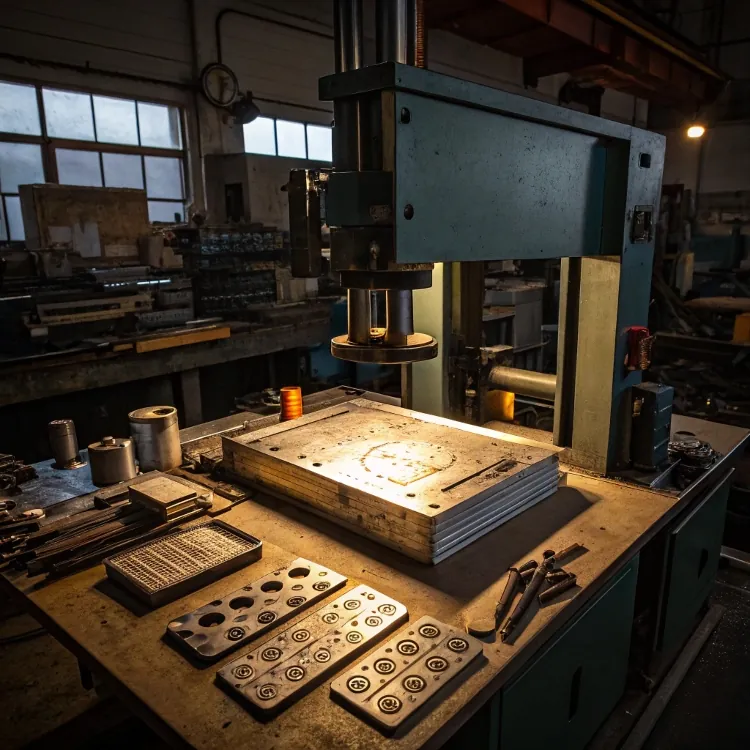
Yes, and it’s one of the easiest materials to stamp in large volumes.
Aluminum can be stamped effectively because it is soft, lightweight, and easy to form under pressure. This makes it suitable for both deep and shallow drawn shapes.
Stamping aluminum needs proper setup. Although it’s easy to form, aluminum can crack if bent too sharply. The right die design3, alloy choice, and lubricant use are all critical.
What industries use stamped aluminum4?
- Automotive: Lightweight brackets, heat shields
- Electronics: Connector housings, heat sinks
- Lighting: Reflectors, fixtures
- Building materials: Trim, siding components
Stamping machines can run automated setups for high production. This reduces cost per part and ensures consistent quality.
How thick of aluminum can you stamp?
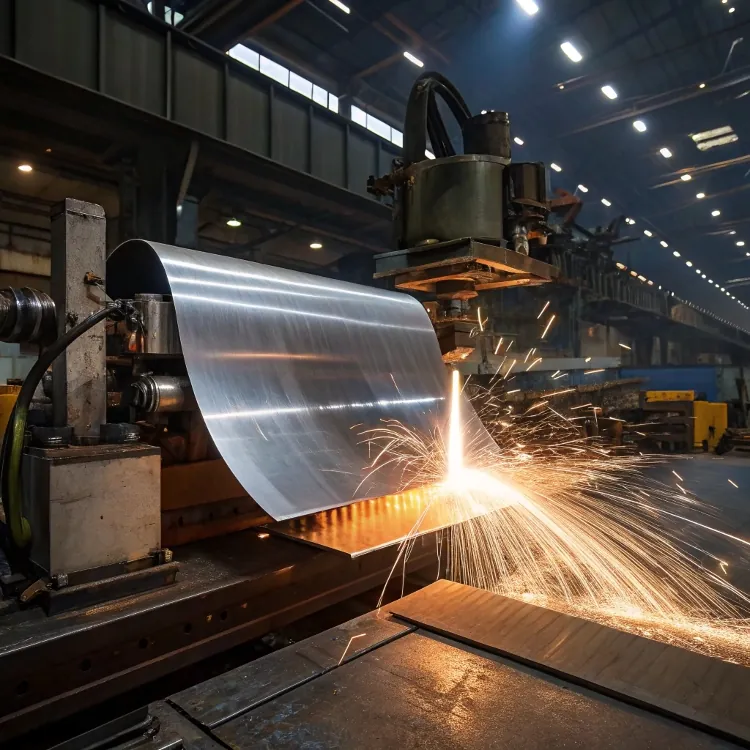
The thickness depends on the alloy, the part design, and the stamping press power.
Aluminum up to 0.25 inches (6.35mm) thick can be stamped, although most industrial stamping is done on sheets between 0.005 to 0.125 inches.
Stamping thick aluminum needs higher tonnage presses. It may also require progressive dies5 or multiple steps to avoid stress fractures6.
Typical thicknesses for stamped aluminum:
| Use Case | Typical Thickness |
|---|---|
| Electronic parts | 0.005" – 0.030" |
| Automotive panels | 0.030" – 0.080" |
| Structural brackets | 0.080" – 0.125" |
| Heavy-duty parts | 0.125" – 0.250" |
The press must apply even force. For thick sections, pre-heating or multi-step operations might be needed to reduce risk of cracking.
What is the difference between cast and stamped aluminum?
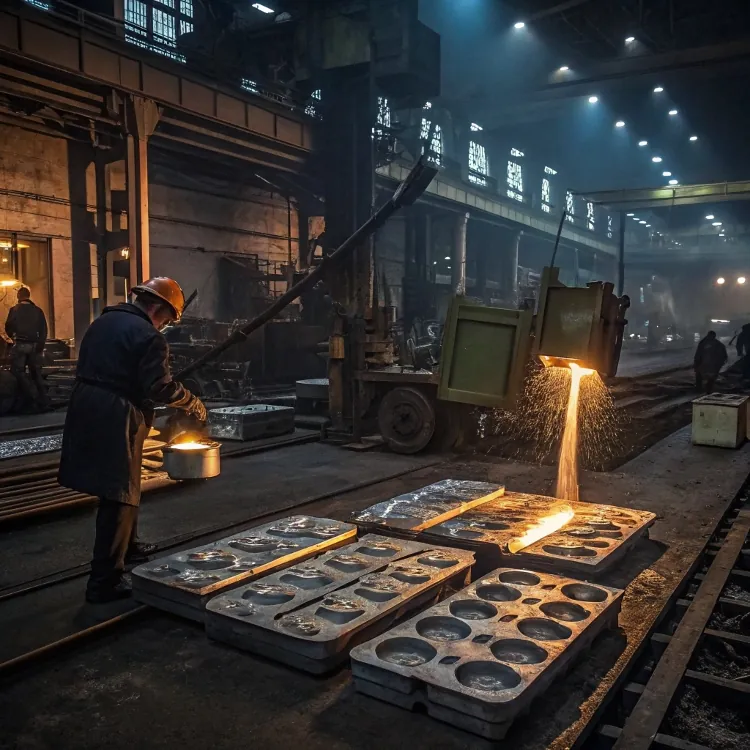
These two processes produce different types of aluminum parts for different needs.
Stamped aluminum is made from flat sheets pressed into shape, while cast aluminum is formed by pouring molten aluminum into a mold.
Key differences:
| Feature | Stamped Aluminum | Cast Aluminum |
|---|---|---|
| Method | Mechanical press + die | Molten pour into mold |
| Surface Finish7 | Smooth, flat, easy to coat | Rough, may need machining |
| Shape Complexity | Limited to 2.5D shapes | Complex 3D shapes possible |
| Volume Efficiency | Ideal for high-volume runs | Better for low- to medium volumes |
| Strength | Good for thin parts with stress | Good for bulky, heavy-load parts |
Stamped parts are better when you need flat, thin, repetitive components. Cast parts are better for thick, heavy parts with complex geometry like engine blocks or gearbox housings.
Conclusion
Aluminum stamped parts are fast, precise, and cost-effective solutions for high-volume production, especially when light weight and corrosion resistance are critical.
-
Discover various metalworking techniques, including stamping, to enhance your knowledge of manufacturing processes. ↩
-
Learn about the properties of aluminum that make it corrosion-resistant, crucial for many applications. ↩
-
Understanding die design is crucial for optimizing the stamping process and preventing material failure. ↩
-
Explore the advantages of stamped aluminum in various industries and its impact on production efficiency. ↩
-
Exploring progressive dies can enhance your knowledge of efficient aluminum stamping techniques and improve production quality. ↩
-
Learning about stress fractures will help you implement best practices to prevent defects in aluminum stamping projects. ↩
-
Understanding surface finish can help you choose the right aluminum type for your project, enhancing durability and aesthetics. ↩



